Oregon Dairy Farm in Lititz, Pennsylvania
In the heart of Lancaster County, this family farm is a leader in conservation and sustainability
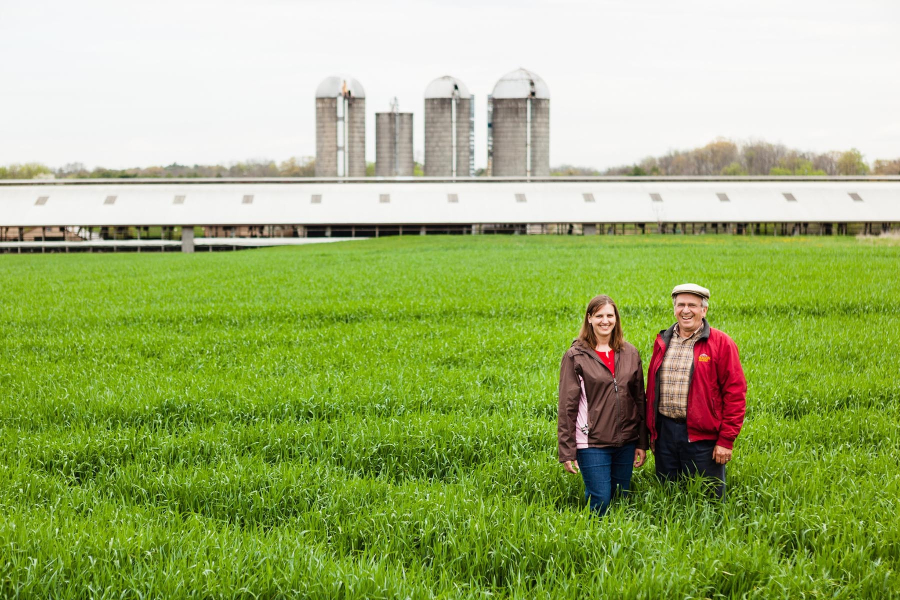
Rich soil and a mild climate have made the lands of Lancaster County, Pennsylvania, a haven for agriculture. Thousands of farms—more than any other county in the state—dot the landscape of gently rolling countryside. Traveling through the region, the fields and fences, barns and silos can begin to blur together. But venture onto the land itself, and each tract of farmland tells a unique story. For Oregon Dairy Farm in the heart of Lancaster County, the story is one of family, conservation and community.
A family-run operation, Oregon Dairy Farm is managed by George Hurst, his son Chad and his daughter and son-in-law Maria and Tim Forry. Hurst also co-owns the nearby market, restaurant and ice cream parlor with his brothers. He is the second-generation owner of the land, after his father bought the farm in the early 1950s. “I grew up here and bought the farm, bought the house where I grew up,” said Hurst. “Now my daughter, Maria, is living in that same house.”
Pennsylvania is second in the nation for number of dairy farms, outranking every state except Wisconsin. And that number continues to grow: in 2014, Pennsylvania was the only state in which the number of dairy farms increased. Though this may be good news for ice cream lovers, it can sometimes be difficult to reconcile agricultural growth with the health of the Chesapeake Bay, as agriculture is the single largest source of nutrient and sediment pollution entering the estuary. But for the Hurst family, protecting the Bay is an important part of the way they run their farm.
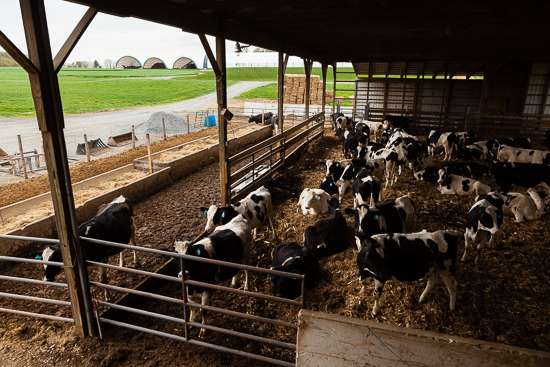
Two decades ago, the Hurst family took a visit to the Chesapeake Bay. What they saw—polluted waters and their damaging effects on local fishermen—troubled them. “When I took that tour, I knew we had to do what we can here [at Oregon Dairy Farm] to make sure we’re not polluting the Bay,” Hurst recalled. “That’s when we became even more intentional with the practices we have in place here.”
Those practices include a variety of “best management practices,” or BMPs—conservation methods that can help curb nutrients and sediment from running off agricultural land and into rivers, streams and the Bay. To protect the health of waters running through their land, the Hurst family practices no-till farming, uses cover crops, plants trees and shrubs to prevent streambank erosion and has installed fencing to keep livestock out of waterways.
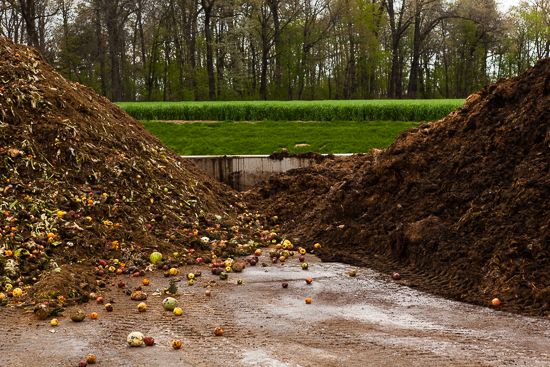
As home to 500 cows, one of the farm’s biggest challenges was figuring out how to manage all the animal waste. “Because we’re a dairy, there’s lots of manure,” Hurst explained. According to estimates from the U.S. Environmental Protection Agency (EPA), livestock waste accounts for 19 percent of the nitrogen and 26 percent of the phosphorous entering the Bay. These excess nutrients can fuel the growth of algae blooms that block sunlight from reaching underwater grasses and, during decomposition, rob the water of oxygen that plants and animals need to survive.
To avoid nutrient runoff, Hurst puts as much of this waste to use as possible. A methane digester collects and heats the manure, and the resulting methane gas powers a generator that produces more than enough electricity to run the farm.
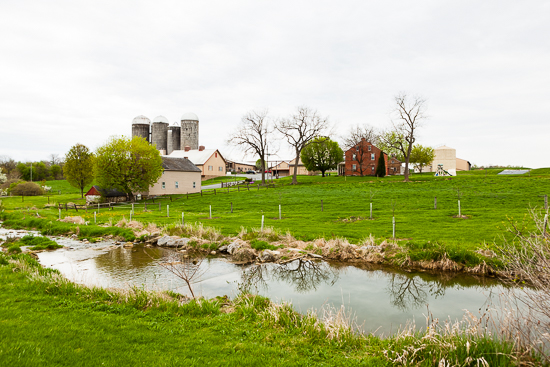
After traveling through the digester, solid and liquid wastes are separated. Solid waste can be dried and used as livestock bedding or transported to the on-site composting facility. Three large hoop buildings house the compost piles, which will eventually be sold wholesale to landscapers or in Oregon Dairy’s retail lawn and garden store. Liquid waste flows to the lagoon, which holds about an eight month supply, allowing it to be applied to the land when the fields need it and will absorb it. “We make sure we aren’t putting more manure on than what will stay in place, and no more than what the soil needs or what will be taken up by the crops,” said Hurst. These innovative waste practices helped the farm win a U.S. Dairy Sustainability Award in 2015.
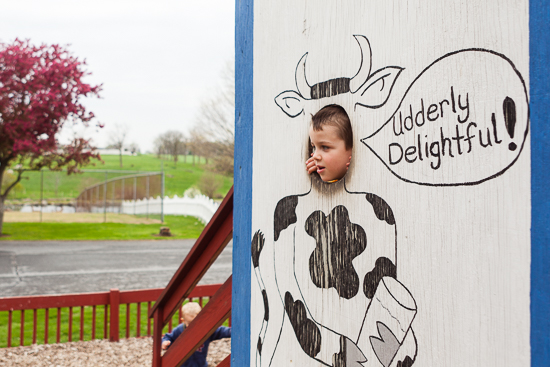
Since the 1980s, outside dairy farmers, school field trips and other community members have been welcome to tour—and learn from—the farm. School tours bring nearly 2,000 student visitors each year, and Family Farm Days events can draw upwards of 15,000 people a year to the farm. More than just a way of life, Hurst and his family see their farm as a way to teach others about how they care for their land.
“Our passion and vision is to help people understand where their food comes from,” said Hurst. “That’s where [the farm tours] originated and that’s really why we do what we do.”
To view more photos, visit the Chesapeake Bay Program’s Flickr page.
Images and captions by Will Parson
Text by Stephanie Smith

Comments
I like this
As a Maryland oyster farmer, I want to extend my sincerest thanks to the Hursts for their vision, dedication and the impressive efforts in improving Oregon Dairy Farm and the Chesapeake Bay. Bravo!
Thank you!
Your comment has been received. Before it can be published, the comment will be reviewed by our team to ensure it adheres with our rules of engagement.
Back to recent stories